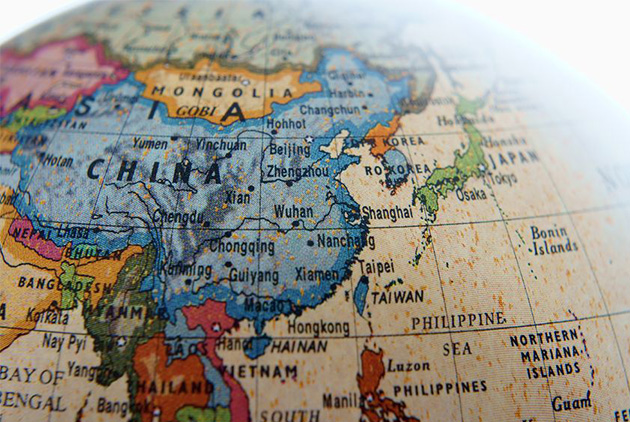Creative Cities
The Rise of the Asian Hemisphere

Source:123RF
Once minor actors on the world stage, Asian cities are now coming out from the shadows, with new creativity and vitality, making the region hot and hip.
Views
The Rise of the Asian Hemisphere
By Fu-yuan HsiaoFrom CommonWealth Magazine (vol. 398 )
This is the century of the Asian hemisphere.
In his book The New Asian Hemisphere, Kishore Mahbubani claims that the rise of Asia is an irresistible global trend. A former Singaporean ambassador to the United Nations and the dean of the Lee Kuan Yew School of Public Policy at the National University of Singapore, Mahbubani also predicts that the major Asian countries' return to the world stage will make the global order more peaceful and more stable.
The Century of the Cities
It is also the century of Asian cities.
Currently, half of the world's six billion people live in cities. In the 1980s that figure stood at just 29 percent, according to World Bank statistics. Presently, 11 of the world's 19 megalopolises with more than 10 million residents are located in the Asian hemisphere.
In Asia the city has already undergone a paradigm shift.
In the past the classic Asian city was a commercial center designed around efficiency, planning and financial activities. Tokyo, Hong Kong, Singapore and Shanghai are Asian cities that were able to come close to Western standards in terms of appropriate planning, active execution and effective leadership.
But just as Charles Landry predicted in his book The Creative City: A Toolkit for Urban Innovators, globalization has already triggered new dynamics for urban transformation. No matter how big a city is, it must reassess itself from regional, national and global perspectives.
At the same time cities need to search for their own goals, roles and positions. The lifeblood of cities is no longer efficiency and commerce, but creativity and culture. The greatness of a city does not lie in large-scale infrastructure development that turns it into a concrete jungle, but in the cultural richness that its many creative communities keep building.
Amid this trend toward urban creativity, a number of Asian cities have quickly come to the fore, showing off their distinctive features.The South Korean capital of Seoul has single-handedly kicked off a "Korea craze" that is catapulting the nation to the top of global technology and culture. Macao, with a population of just 540,000, has outrivaled Las Vegas, ten times its size, to become the world's top casino city.
Bangkok residents do not even earn a tenth of what urbanites in the West make, but the Thai capital nonetheless keeps attracting.Western talent like a magnet. And once these Westerners have settled, they are there to stay.
While Taichung is not a capital city, it boasts a population of just over one million and has been able to establish its own profile as a city where appreciating culture and doing business go smoothly hand in hand.
How can Taiwan's cities grasp this rare opportunity as the Asian hemisphere rises to define their own specific position within Asia?
Translated from the Chinese by Susanne Ganz






